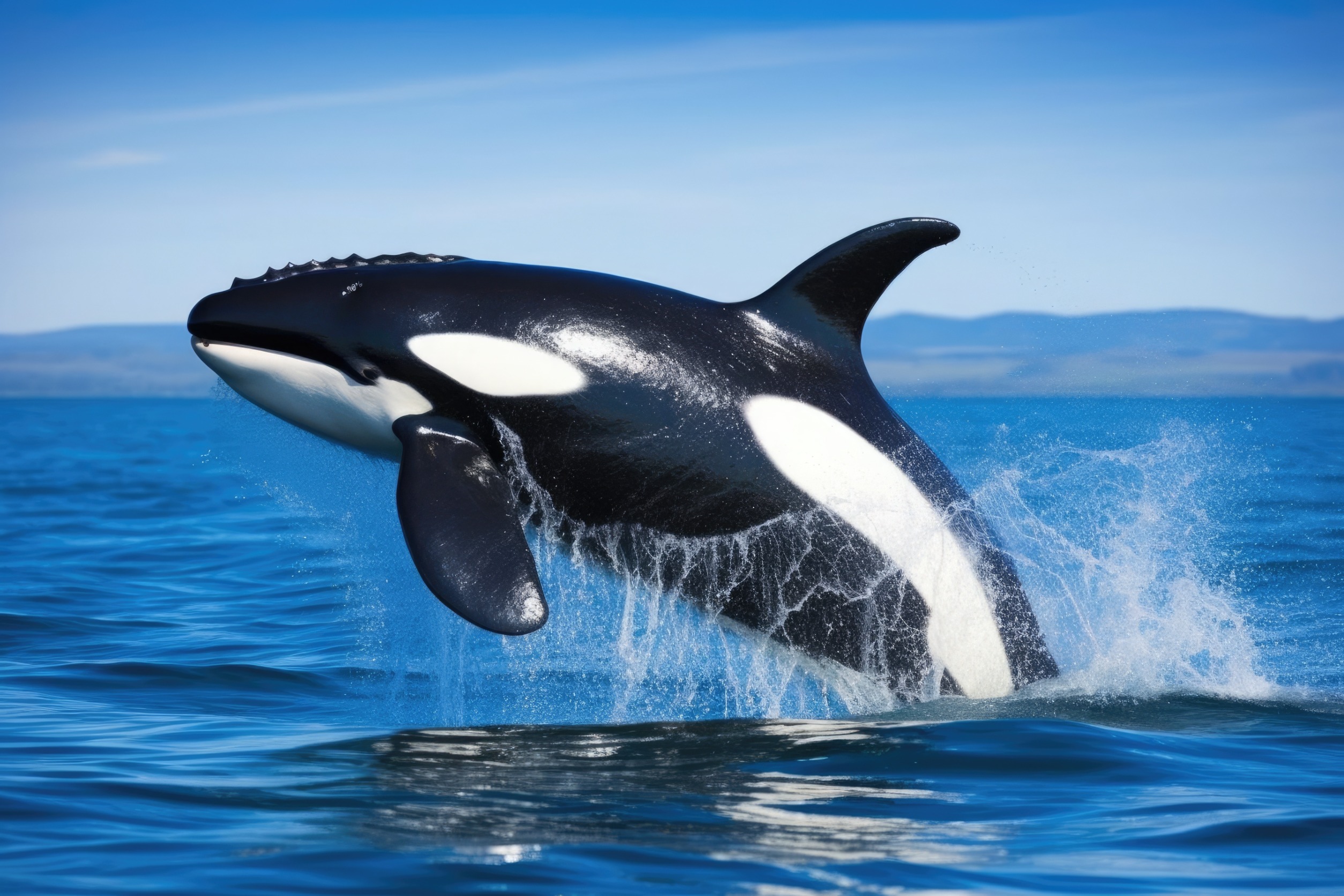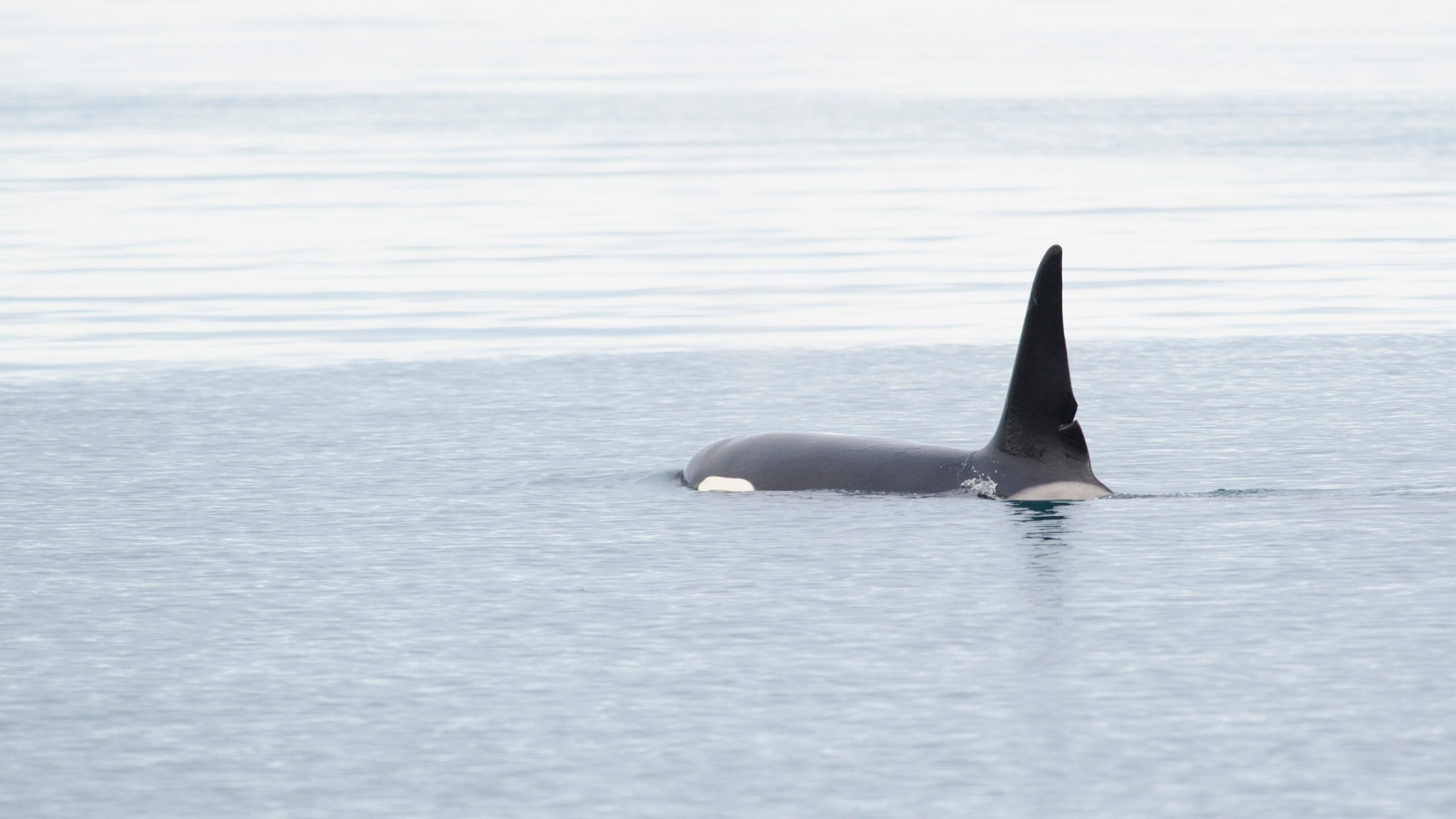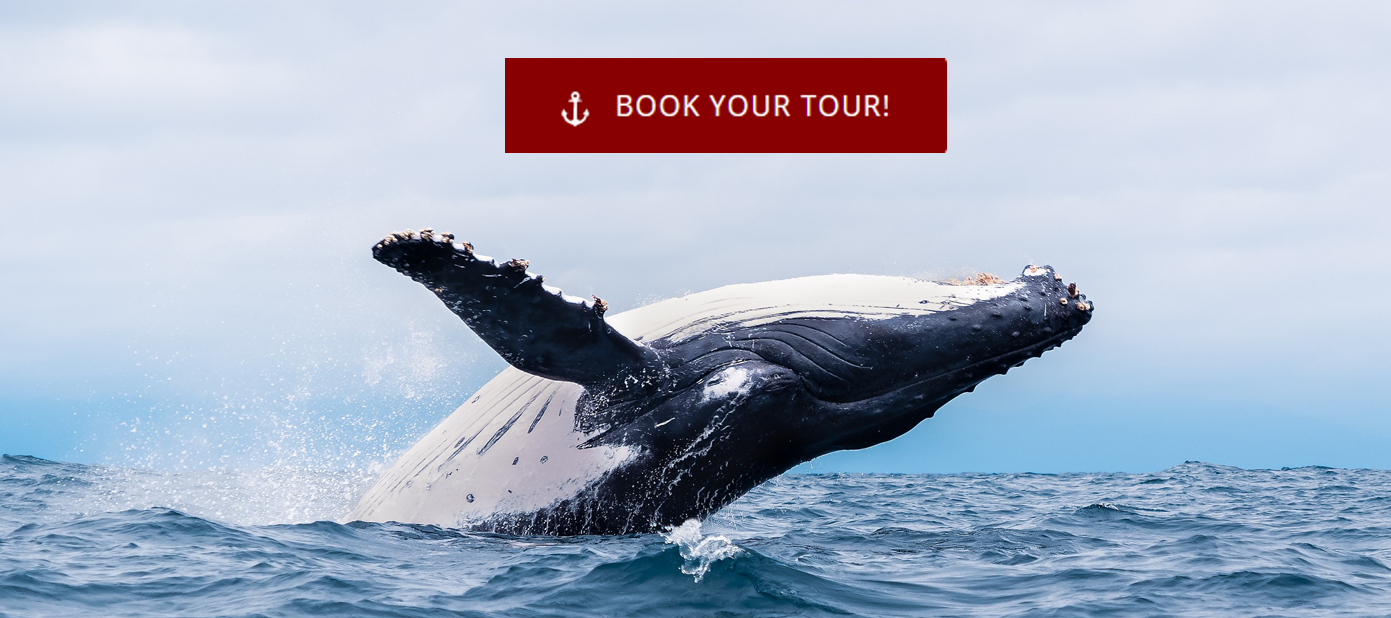Recent Killer/Orca Whale Sightings in Southern California: Everything You Need to Know

Recently, there was a rare sighting of orcas in San Diego off the coast and other areas off the coast of Southern California. Although they are also known as killer whales, orcas are members of the Delphinidae family and are the largest of those species. Orcas are one of the sea creatures that the Marine Mammal Protection Act protects, as they face various threats, such as commercial hunting, chemical contaminants, food limitations, and vessel traffic disturbances.
Are Killer Whales Dangerous?
Because they are a member of the dolphin family, you may wonder if orcas are dangerous, and the answer is that they are dangerous to other creatures in the sea. They are at the top of the food chain, which means no other creature hunts them. This has helped orcas become intelligent and great predators.
The theory is that killer whales first got their name because sailors saw them hunting whales back in the day, and they came up with the term whale killers. Along with whales, common prey of orcas include:
- Seals
- Fish, such as salmon
- Penguins
- Sea lions
- Squid
- Seabirds
Even sharks are attacked by killer whales. Great white sharks are scared of orcas, as these killing machines have no fear of mighty sharks and even know how to remove their livers precisely, which affects the sharks’ buoyancy.
Killer whales often work together to attack their prey. Sometimes, a larger pod, such as 30 to 40 orcas, will coordinate an attack against larger mammals, such as whales. They use their intelligence to devise various techniques for a kill, such as herding their prey or slapping their tails, which results in a giant wave that knocks sea lions or penguins off of ice floats. Other traits that help with their hunting include their fast swimming speeds and camouflage coloring.
Fortunately, killer whales do not seem to be a threat to humans. There have been stories of orcas attacking boats, but they seem satisfied once the vessel sinks and they leave the passengers alone.
Where Do Killer Whales Live & Migrate?
Killer whale sightings are possible in any of the world’s oceans, as this species is highly distributed. They can adapt quickly and can survive in both cold and warm waters.
Their migration patterns have yet to be well known, although food availability plays a prominent role. Orcas that tend to specialize in certain prey may migrate with their prey. For example, orcas in the Pacific Northwest may follow salmon as they migrate.

Why Are We Seeing So Many Killer Whale Sightings Off of the SoCal Coast?
Food sources and adaptability are two possible reasons people see more killer whales in San Diego and other coastal areas of Southern California, such as Laguna Beach, Malibu, and Palos Verdes.
Although killer whales live in all oceans, they tend to gravitate more towards colder waters, such as off the Alaskan coast. The typical habitats of the orcas seen lately off the SoCal coast are probably from the coasts of Central America and Mexico.
Tips to Stay Safe
If you are out on the water, such as on a whale-watching tour, and you are lucky enough to spot killer whales, there are things you and the captain can do to stay safe. One of the biggest tips is maintaining adequate distance between the orcas and the boat. Another is to slow down or turn off the engine if it is close. Other tips are to be quiet and courteous and avoid touching marine wildlife.
